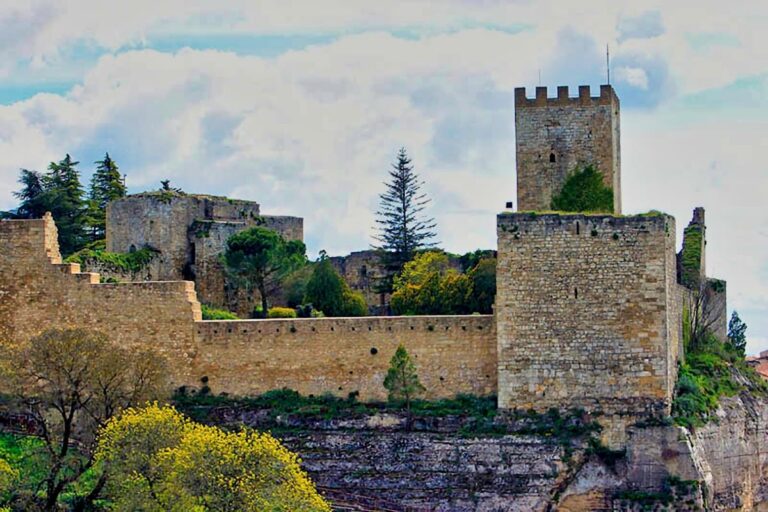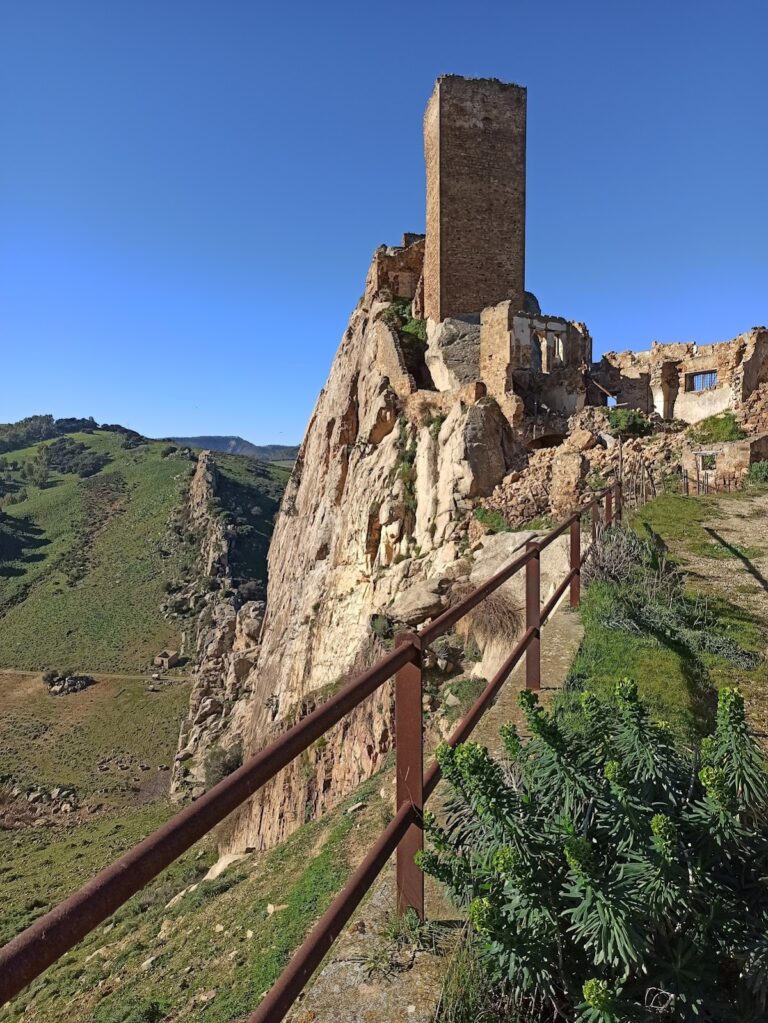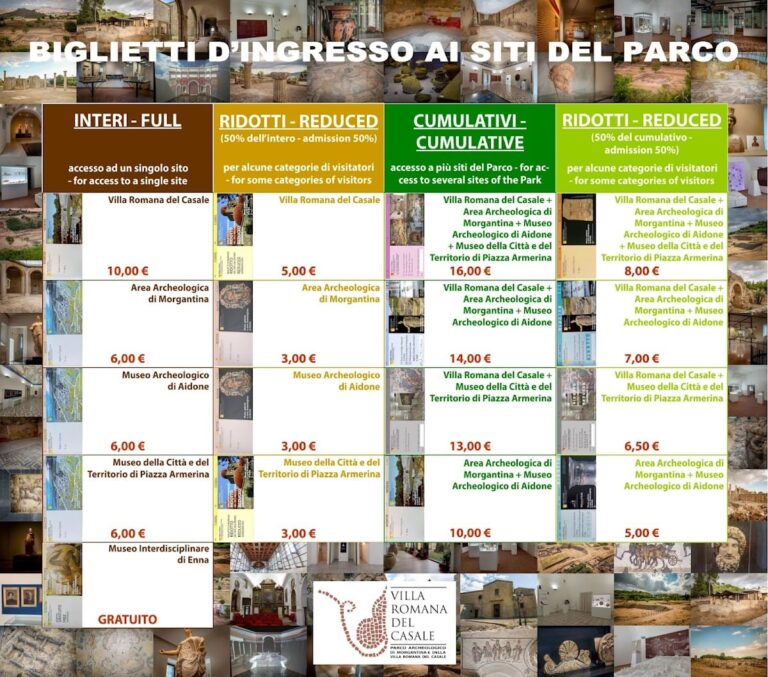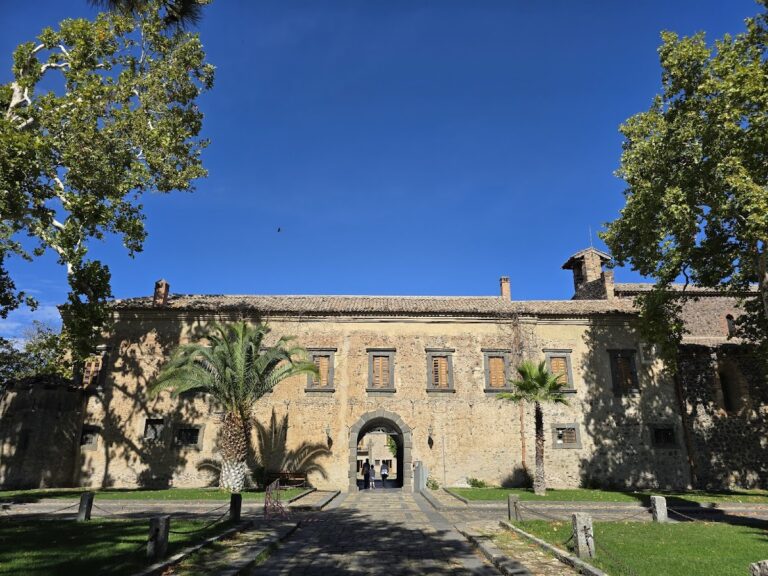Castle of Sperlinga: A Rock-Carved Fortress in Italy
Visitor Information
Google Rating: 4.6
Popularity: Medium
Google Maps: View on Google Maps
Official Website: visitsperlinga.com
Country: Italy
Civilization: Unclassified
Remains: Military
History
The Castle of Sperlinga is located in the town of Sperlinga in Italy and was originally constructed under Norman rule during the late 11th or early 12th century. Its name traces back to the Greek word “Spelaìon,” meaning cave, a reference to the natural caves carved into the sandstone rock on which the castle stands. These caves were first used by the indigenous Siculi people approximately 4,000 years ago for sacred temples and burial sites, marking the earliest human presence on the site.
In the 12th century, Sperlinga developed as a Lombard community, a legacy reflected today in the local Gallo-Italic dialect. A significant chapter in the castle’s history occurred during the Sicilian Vespers uprising of 1282, a widespread rebellion against the Angevin rulers. Unlike much of Sicily, the Castle of Sperlinga did not join the uprising; instead, it offered refuge to Angevin soldiers led by Petro de Lemanno. These troops successfully resisted a siege by Aragonese forces for nearly one year, an event commemorated by the Latin motto carved in the castle: “Quod Siculis Placuit Sola Sperlinga Negavit” (“What pleased the Sicilians, only Sperlinga denied”).
Following the conflict, King Robert of Anjou granted the castle in 1324 to the noble Ventimiglia family, who maintained control for over 200 years. In 1597, Baron Giovanni Forti Natoli acquired the fortress, and in 1626, King Philip IV elevated the associated barony to a principality, bestowing upon Natoli and his heirs special privileges such as permission to build fortified lands. The Natoli family retained the princely title even after selling the castle.
Ownership passed to the Oneto family in 1658, who were titled Dukes of Sperlinga from 1666. The castle remained with the Onetos until 1862, when it was transferred to the Nicosia family. Finally, the municipality of Sperlinga purchased the site in 1973. In the modern era, the castle gained recognition when the Dutch artist Maurits Cornelis Escher visited in 1932 and created a drawing of its caves.
Remains
The Castle of Sperlinga is remarkable for being carved directly into a single, massive sandstone rock formation, forming an integrated structure of natural caves and man-made chambers. This rock-cut complex preserves elements dating back to ancient times, originally used by the Siculi people for religious and funerary purposes. These early caves form the foundation around which the medieval fortress was developed.
Inside, the castle comprises multiple rooms hewn out of the sandstone, demonstrating advanced excavation techniques for the medieval period. Some chambers were once decorated with elaborate details, as noted during renovations in the 17th century by Giovanni Natoli. A distinctive feature of the castle is an ogival (pointed) arch in the entrance chamber, which bears two engraved stones inscribed with the motto praising Sperlinga’s unique loyalty during the Sicilian Vespers siege.
The fortress also houses remarkable rock-cut installations with an astronomical purpose. These include apertures specifically arranged to regulate sunlight entering the chambers during the winter and summer solstices. Additionally, there is a large silo with twelve niches carved around its interior, functioning as a solar clock to track time by observing how sunlight falls within the niches. These features reflect a sophisticated understanding of astronomy integrated into the castle’s design.
Today, the Castle of Sperlinga retains much of its original rock-carved architecture and some interior decorations, preserved in situ. Following acquisition by the local municipality, it has been transformed into a museum, maintaining its historical and archaeological treasures for study and display.










